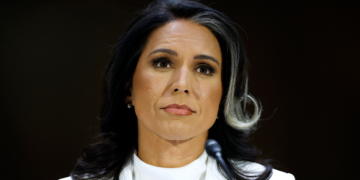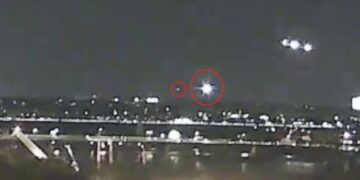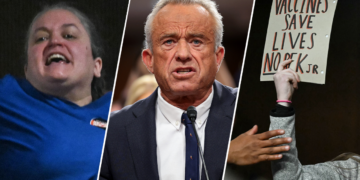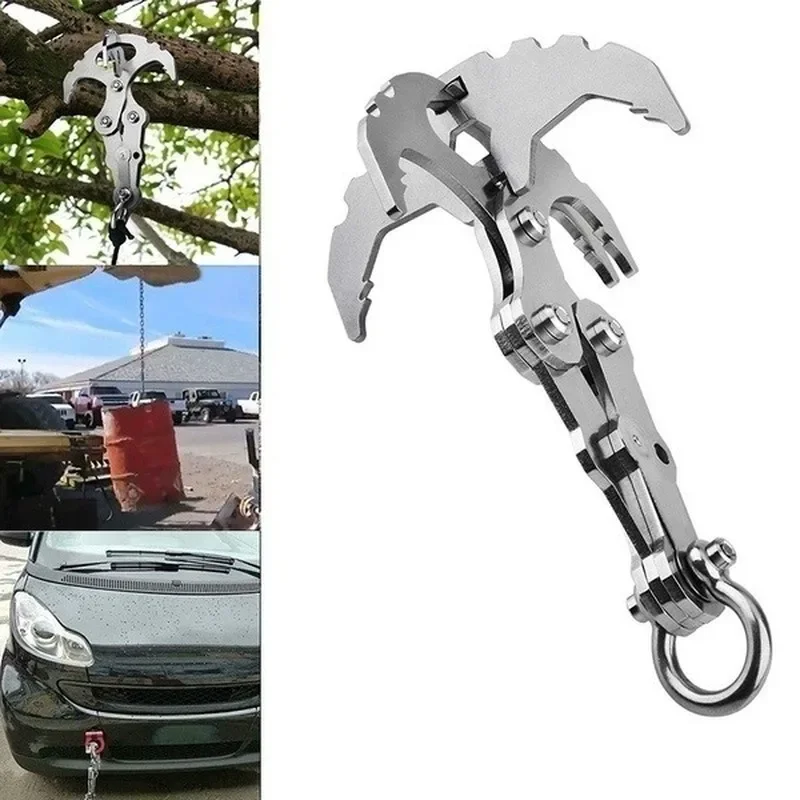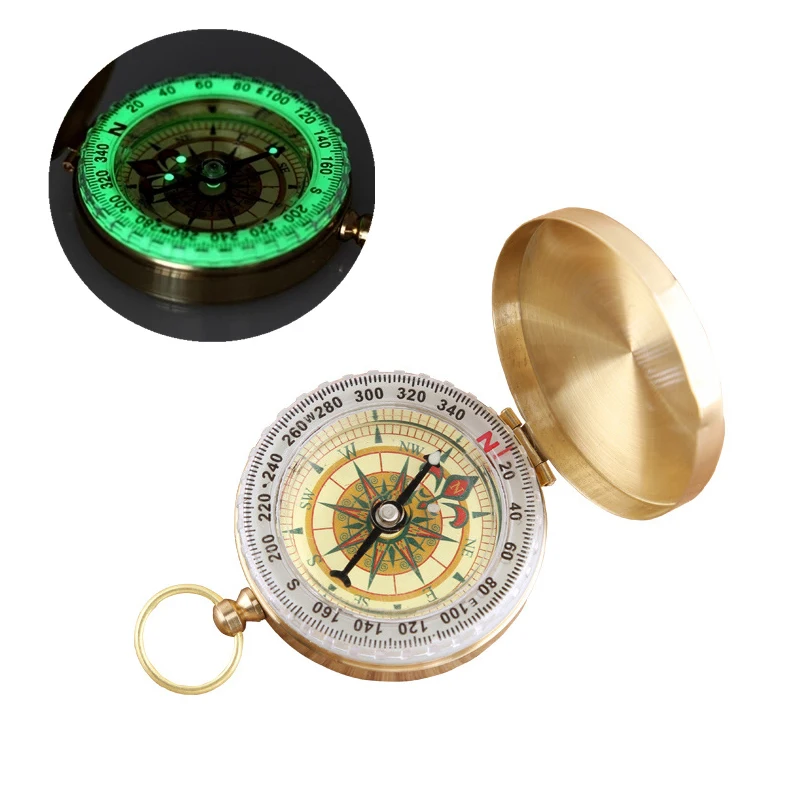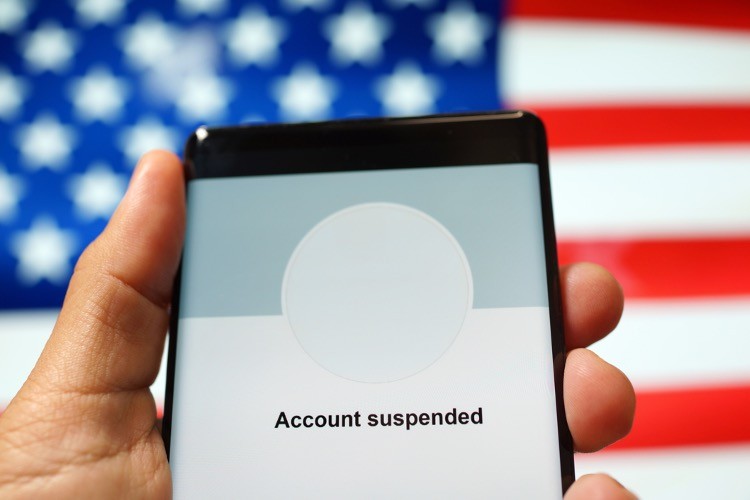
*Editor’s note: On March 4, 2022, Russia enacted a law that criminalizes public opposition to, or independent news reporting about, the war in Ukraine. The law makes it a crime to call the war a “war” rather than a “special military operation” on social media or in a news article or broadcast. The law is understood to penalize any language that “discredits” Russia’s use of its military in Ukraine, calls for sanctions or protests Russia’s invasion of Ukraine. It punishes anyone found to spread “false information” about the invasion with up to 15 years in prison.
On July 18, former U.S. Secretary of State Henry Kissinger arrived in Beijing and met with Chinese Defense Minister Li Shangfu and the ruling Communist Party diplomat Wang Yi. More than half a century ago, Kissinger helped restore diplomatic relations between the two powers and managed to convince China to support Washington in its standoff against the Soviet Union. Kissinger’s visit is taking place after current U.S. Secretary of State Antony Blinken, Treasury Secretary Janet Yellen and Special Presidential Envoy for Climate John Kerry have already visited Beijing. The White House aims to restore normal relations with China. Kissinger’s trip is not an official visit, but he will surely share all the details with the White House.
According to The New York Times, Beijing has welcomed current U.S. officials with varying degrees of indifference.
Chinese media have often criticized American officials. However, the meeting between Kissinger and Li received more sympathetic coverage in the press. The very fact that a Chinese minister even agreed to meet with Kissinger means a lot. After all, Beijing had rejected U.S. efforts to set up a meeting between U.S. Secretary of Defense Lloyd Austin and Li at the Shangri-La Dialogue in Singapore in June. China refused to arrange a meeting because the U.S. had imposed sanctions on its defense minister. Back in 2018, General Li was not yet a defense minister, but he held a senior position in the defense ministry and was involved in the purchase of combat aircraft and anti-aircraft missile systems from Russia’s main arms exporter.
In his conversation with Kissinger, Li expressed the hope that the U.S. would promote a “healthy and stable” relationship with China. At the same time, he criticized Washington, saying that “some people in the United States did not meet China halfway,” and, as a result, “friendly communication” between China and the U.S. had been destroyed. Kissinger, on the other hand, said he came to China as its friend to help the two powers eliminate any misunderstanding so as to find ways to coexist peacefully and avoid confrontation.
At the time of publishing this article, we didn’t know how long the former secretary of state would stay in China. In 2019, Kissinger was welcomed by Chinese President Xi Jinping. Xi then wished his guest many years of healthy life so that he would continue to contribute to improving China-U.S. relations.
Reuters points out that Kissinger is visiting Beijing at a time when communication between the defense ministries of the two powers remains frozen and both sides continue to build new military bases in East Asia. Kissinger’s mission is not made any easier by the fact that the White House plans to impose new restrictions on U.S. investment in China and on the exports of artificial intelligence chips and semiconductors to China. On the other hand, despite the bitter rivalry, the two powers are economically interconnected. China remains the largest U.S. trading partner after Canada and Mexico.
Wu Xinbo, dean of the Institute of International Studies at Fudan University in Shanghai, says China’s warmth toward Kissinger sent a message about how much importance China places on its old friends. He also notes that, unlike Kissinger, the current U.S. administration is pursuing a highly aggressive policy toward Beijing.
Global Times, the Chinese Communist Party’s flagship newspaper, celebrated Kissinger’s arrival by interviewing American Professor Thomas Schwartz, who also happens to be the author of Kissinger’s biography. In his book, Schwartz states that Kissinger has a sense of humor, but if you ask him a tough question, he will instantly go on the counterattack. When discussing U.S.-China relations, Kissinger mentioned that they are dangerously strained at this point. The U.S. views China as an adversary, as China does the U.S. This is somewhat similar to the pre-World War I era when Germany and Britain saw each other as a mortal threat to each other’s existence. Kissinger is trying to convince both sides that a full-blown conflict in modern times would be equal to committing suicide. This explains his views on the Ukrainian conflict as well. He was among the first to welcome Chinese proposals to resolve the conflict.
However, this begs the question. Looking back in history, Kissinger did not simply succeed in restoring U.S.-China relations in the 1970s, but also managed to convince China to join the U.S. in its confrontation against the Soviet Union.
Alexander Lomanov, chief researcher at the Primakov Institute of World Economy and International Relations, believes Russia has nothing to worry about this time: “Kissinger’s trip is symbolic. His meeting with Li indicates that the Chinese are also willing to engage in a productive dialogue, but only on the terms they deem appropriate. Kissinger is trying to save U.S.-China relations. In retrospect, Washington doesn’t have the same trump cards that it had in the late 1960s and 1970s. At that time, the U.S. used the border conflict over Damansky Island and China’s ambition to regain its seat in the U.N., which was given to Taiwan, to alienate China from the Soviet Union. Today Washington is still seeking to sabotage Russian-Chinese relations. Yet there are no opportunities for this.”


